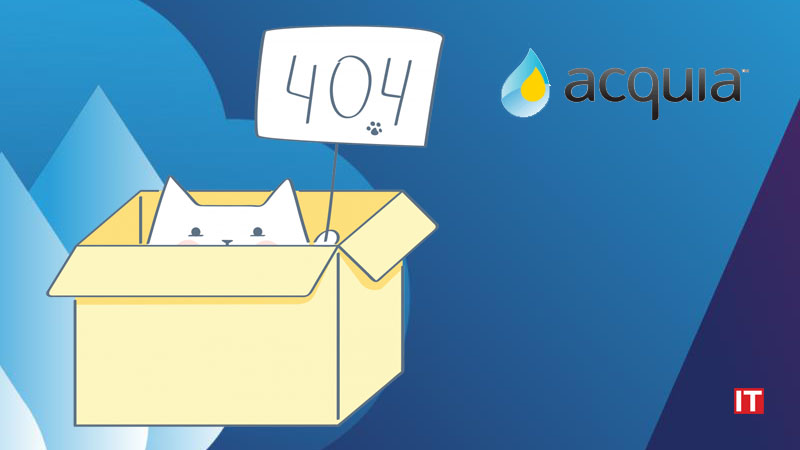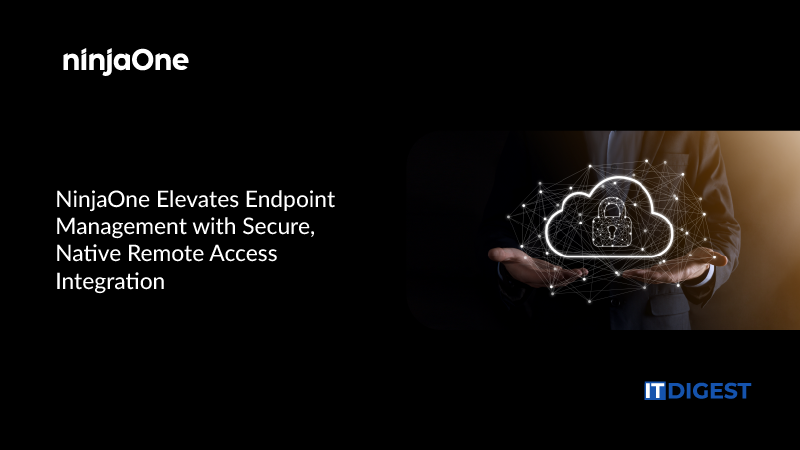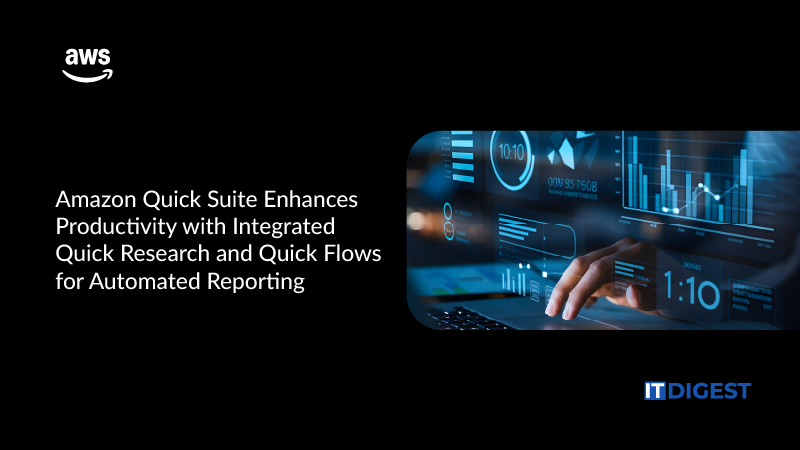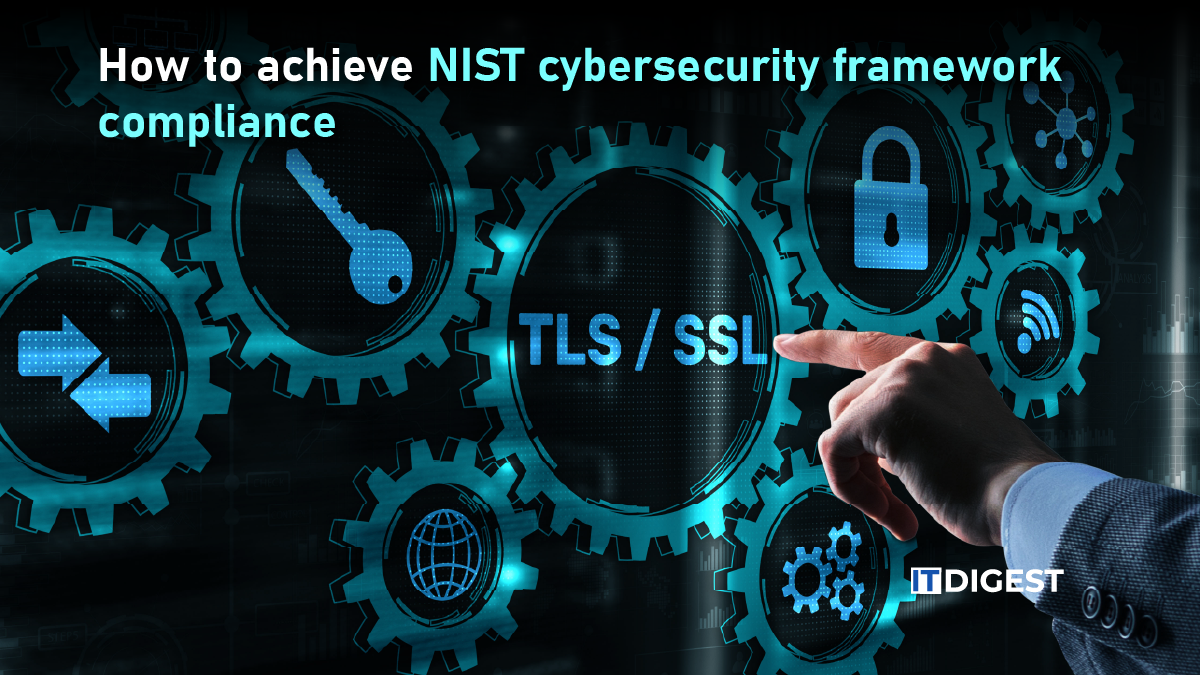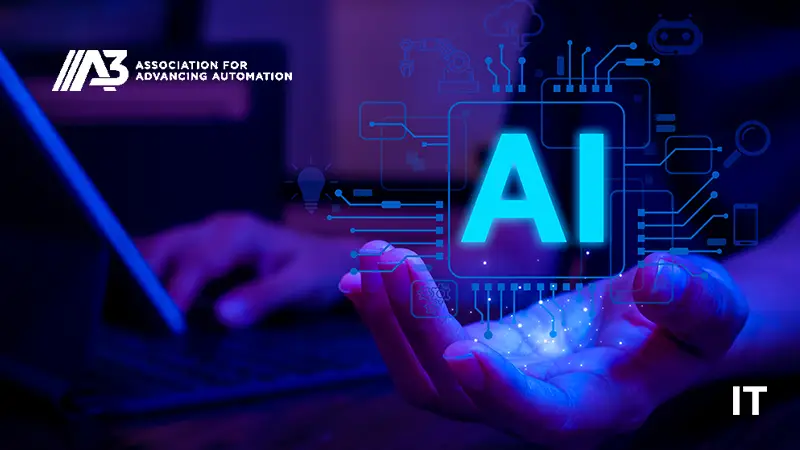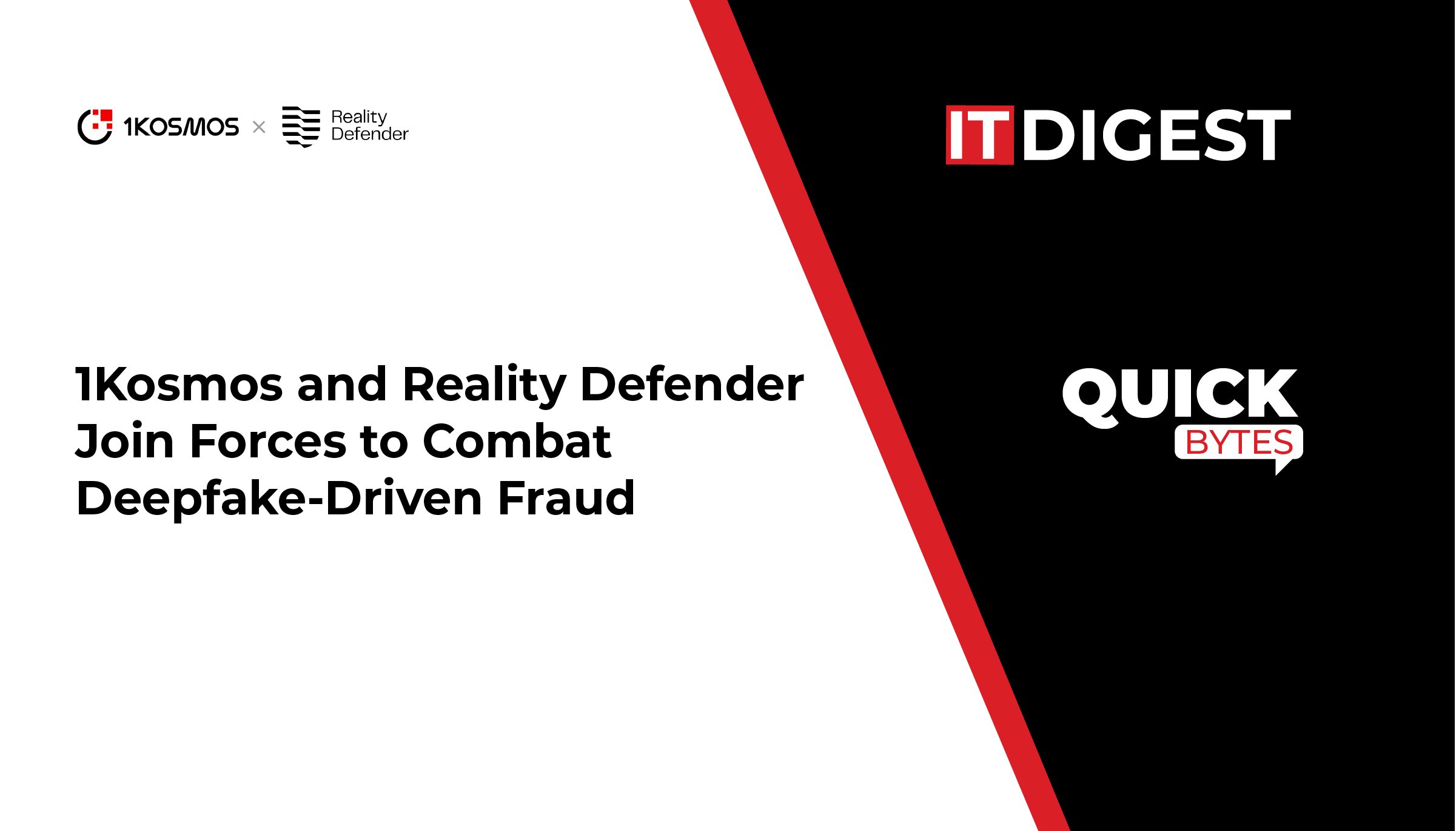Trellix announced the availability of a new automation feature in its Helix platform, known as “Hyperautomation.” In the company’s words, the new feature introduces a genuine no-code workflow builder to the Helix security operations platform that allows security analysts to quickly design, deploy and run investigation and response actions without needing coding skills.
Some of the key features are:
A drag-and-drop workflow builder that allows analysts with any level of skill to build automated workflows.
Application-agnostic response workflows that span the security stack and take action in the investigation lifecycle (e.g., triage of alerts, enrichment, containment).
Increased speed of response through automation of tedious security operations work, leaving human analysts to concentrate on more strategic investigation and threat-hunting efforts.
Trellix says the capability is built to “upskill analysts at every level” and “minimize mean time to respond (MTTR)” by eliminating manual bottlenecks in typical SOC workflows.
Why this is important to the Cybersecurity community
The availability of no-code security automation from Trellix points to some key trends and consequences:
1. Democratization of security operations expertise
Legacy SOCs have traditionally needed highly skilled analysts with scripting or programming competencies to develop automation playbooks or stitch together disparate tools. Through the inclusion of a no-code builder, Trellix reduces the entry barrier enabling more analysts (and sometimes nearby IT or operations personnel) to create automated processes. This potentially addresses the talent deficit many organisations struggle with in cybersecurity.
2. Acceleration of response – and reducing the attacker dwell time
One of the enduring cybersecurity challenges is how quickly enemies act once in an environment, compared to how quickly organisations are able to detect, investigate and respond. By automating response activity and investigation workflow, the solution can close the window of vulnerability. This, in turn, bolsters the “defender’s side” of the kill chain. The smoother the orchestration of tools and workflows, the less opportunity threat actors have to take advantage of gaps.
3. SOAR/automation expansion from niche to mainstream
Security Orchestration, Automation and Response (SOAR) has been in the industry for a while but has typically been slowed down by complexity, integration challenges, and the requirement of custom script or code. Trellix’s announcement would indicate automation is becoming more integrated, less custom and more standard. This has the potential to create a wave of growth in automation adoption throughout mid-sized businesses and not merely massive organisations with deep pockets.
4. Tool consolidation and workflow orchestration
Current security stacks are still fractured endpoint security, network detection, cloud security, threat intelligence, identity, etc. The capability to integrate across those and compose orchestration workflows makes automation a glue-layer, allowing for heterogeneous tools to work together in concert. For the industry, that translates into vendors’ increased emphasis on interoperability, connectors and workflow models unified across the landscape. Trellix’s focus on “application-agnostic workflows” reinforces this.
Also Read: NVIDIA Launches NVQLink, A Bridge Between Quantum and GPU Computing
Implications for Businesses Operating in the Cybersecurity Space
For organisations that offer as well as utilise cybersecurity services and solutions, the implications of this announcement are multi-dimensional:
a) For service providers / MSSPs:
Managed security service providers (MSSPs) and security operations partners can use no-code automation to grow operations more effectively. Creating repeatable incident triage, enrichment and response workflows allows more clients to be handled with fewer resources. This can also result in new service offerings: “automation-powered SOC” services, quicker client onboarding, and more standardized response playbooks.
b) For enterprises/end-users
Organisations who use Trellix Helix (or similar platforms) can benefit from lower cost of operations (less manual hours), better analyst productivity, and possibly enhanced containment of incidents. For organisations with minimal security teams, the no-code automation feature is particularly beneficial. Nonetheless, businesses need to make sure automation workflows are adequately governed and mapped against business risk automated activities pose risk if incorrectly configured.
c) For cybersecurity vendors:
This step portends competitive pressure: vendors will have to provide more accessible automation functionality, improved integrations, and usability. The era of heavy custom scripting for automation might be coming to an end. Vendors who do not expose low-code/no-code workflow capabilities might be at a disadvantage.
d) For hiring/training
As there is more automation at work, the skill-set needed for SOC teams can change. Although sophisticated threat hunters and incident responders will remain essential, the bulk of the day-to-day investigation and response activities might migrate to analysts working with pre-configured workflow templates and no-code interfaces. That would increase the number of potential analysts and alter the way training programmes are developed.
e) For risk and compliance:
Automated processes can enhance auditability and consistency of incident management, which is beneficial for compliance regimes (e.g., GDPR, PCI-DSS, SOX). The organisations must, however, construct proper oversight automatic actions need to be logged, checked and policy-compliant. False positive triggers, erroneous containment or incorrect automated response might introduce new risk if the governance model is poor.
Potential Challenges & Considerations
Although the news is encouraging, companies should remember some points of caution:
Workflow accuracy and control: Although the tool is no-code, good design is needed to construct good automation: what triggers, what enrichment, what response actions, what rollback? Mistakes or ill-defined workflows can make issues bigger than they need to be instead of addressing them.
Integration complexity: While “application-agnostic” is asserted, the actual working with legacy tools, cloud services, identity platforms, endpoint agents is sticky. Organisations might still incur integration overhead.
Change management and skills: Coding is not needed but analysts must comprehend attack patterns, investigation logic, workflow design lest automation be skin-deep. Training is still necessary.
Over-automation risk: There is a danger that organisations automate too much, too quickly, without enough validation this may result in “automation noise” or unexpected side effects.
Cost vs benefit balance: Organisations will have to decide whether the new automation capabilities are delivering enough ROI relative to current manual or semi-automated processes.
Conclusion
The release of no-code security workflows by Trellix is another leap in the maturation of security operations toward improved automation, accessibility and velocity. For the cybersecurity community, it means that automation is no longer a niche capability but a key cornerstone of contemporary SOCs. For organizations, as vendors, service providers or end-users, the message is unmistakable: the capacity to go faster, integrate more and eliminate manual choke points is increasingly becoming a competitive advantage.
In a world of growing attack surfaces, talent gaps, and threats that emerge in a flash, tools that help organisations react quickly and correctly are more important than ever before. With this news, Trellix is positioning itself as a vendor making that happen and companies doing business in or jumping into the cybersecurity space will want to take notice.



